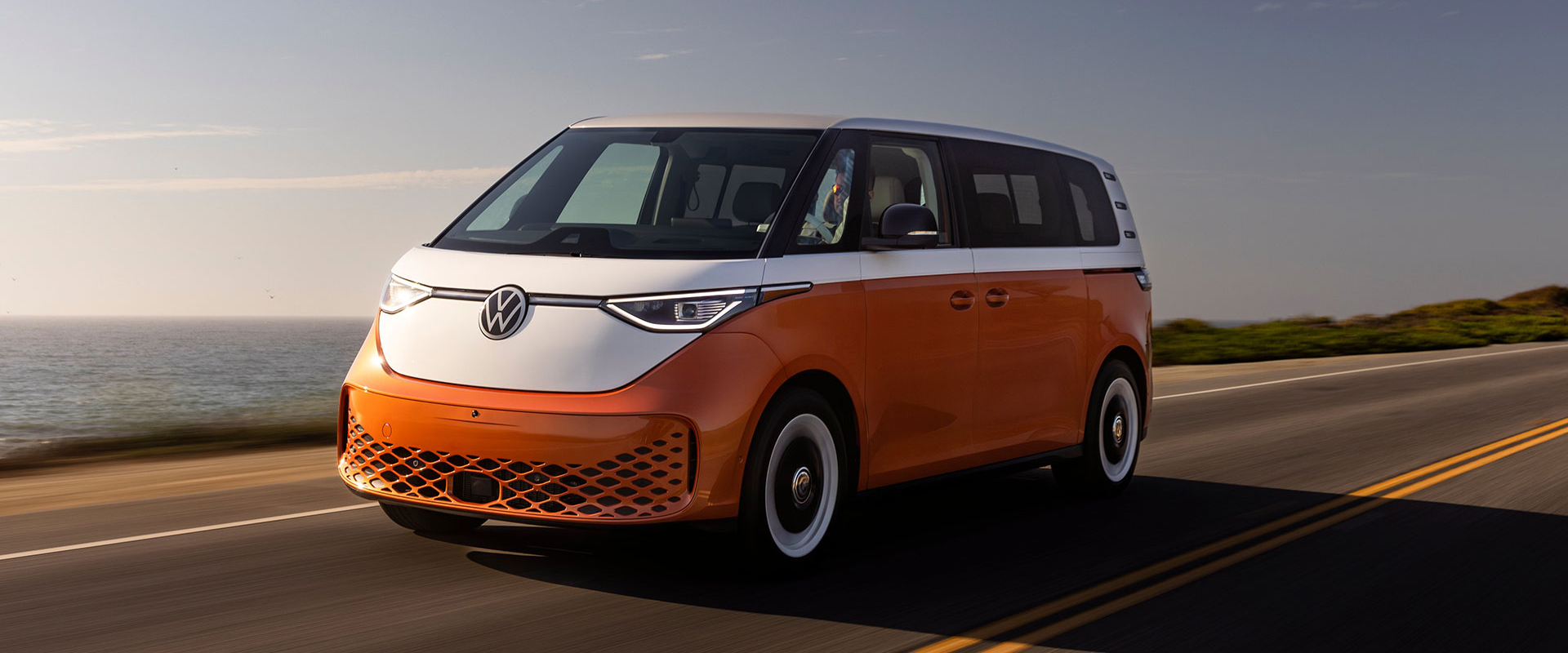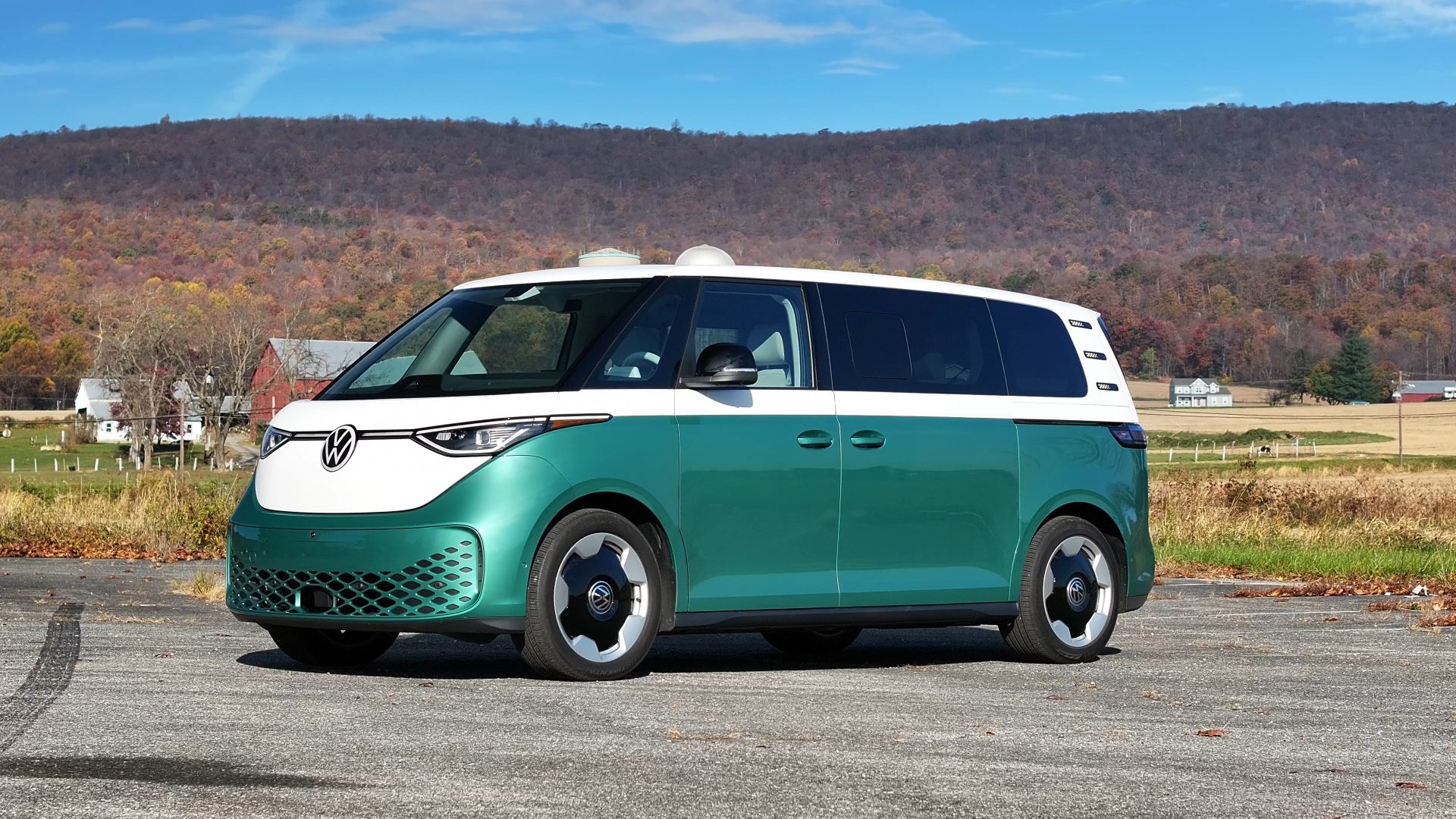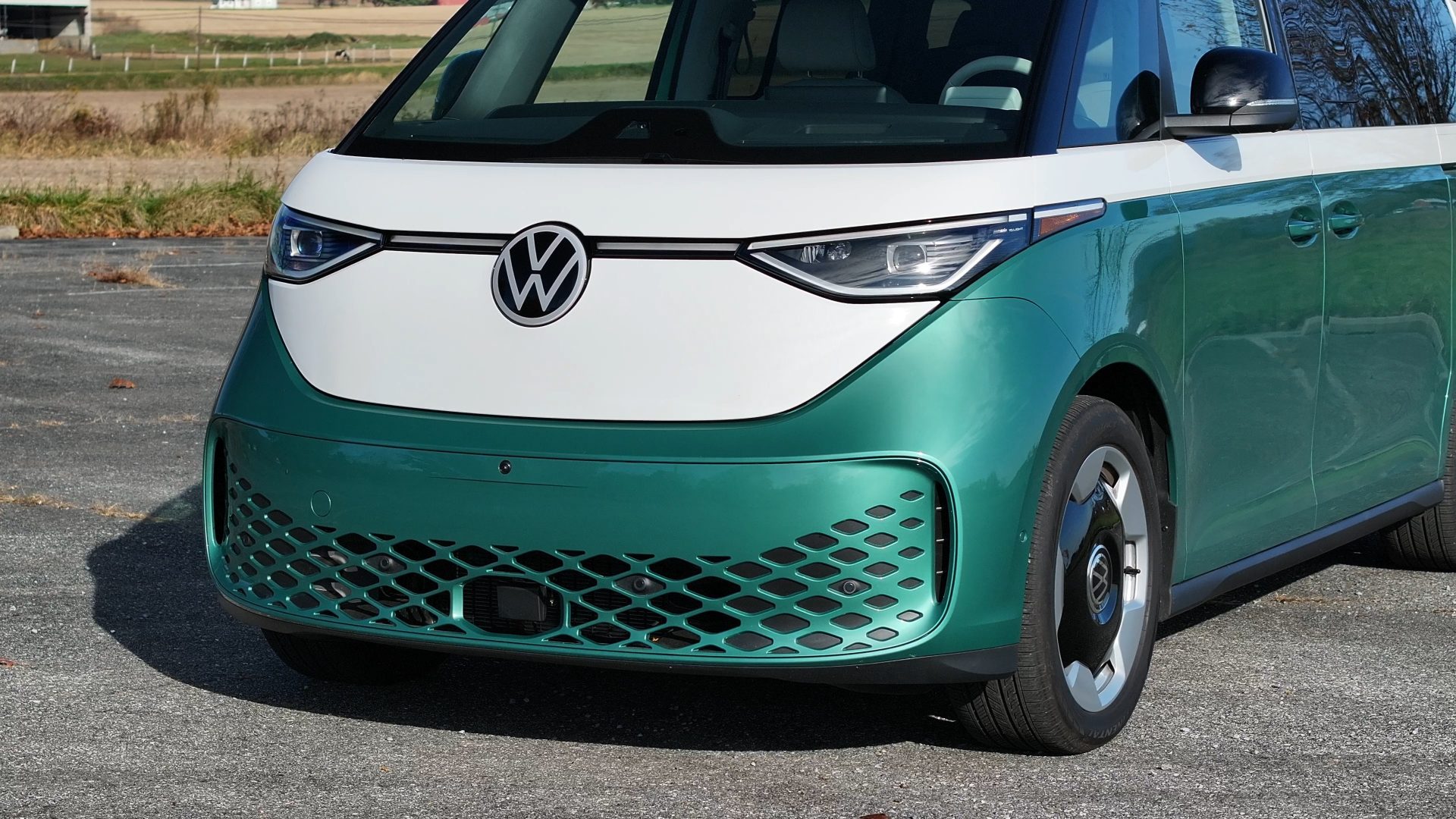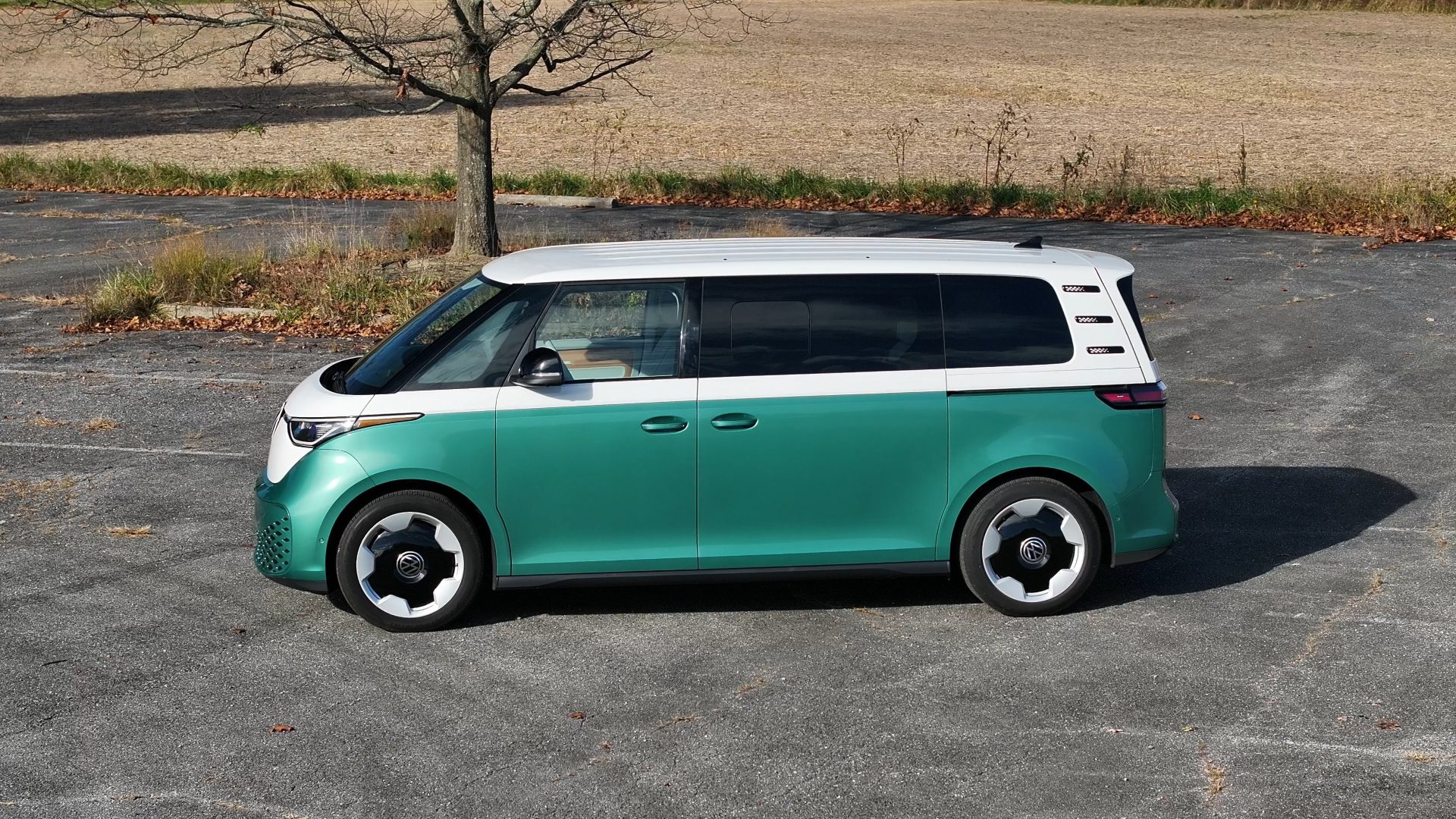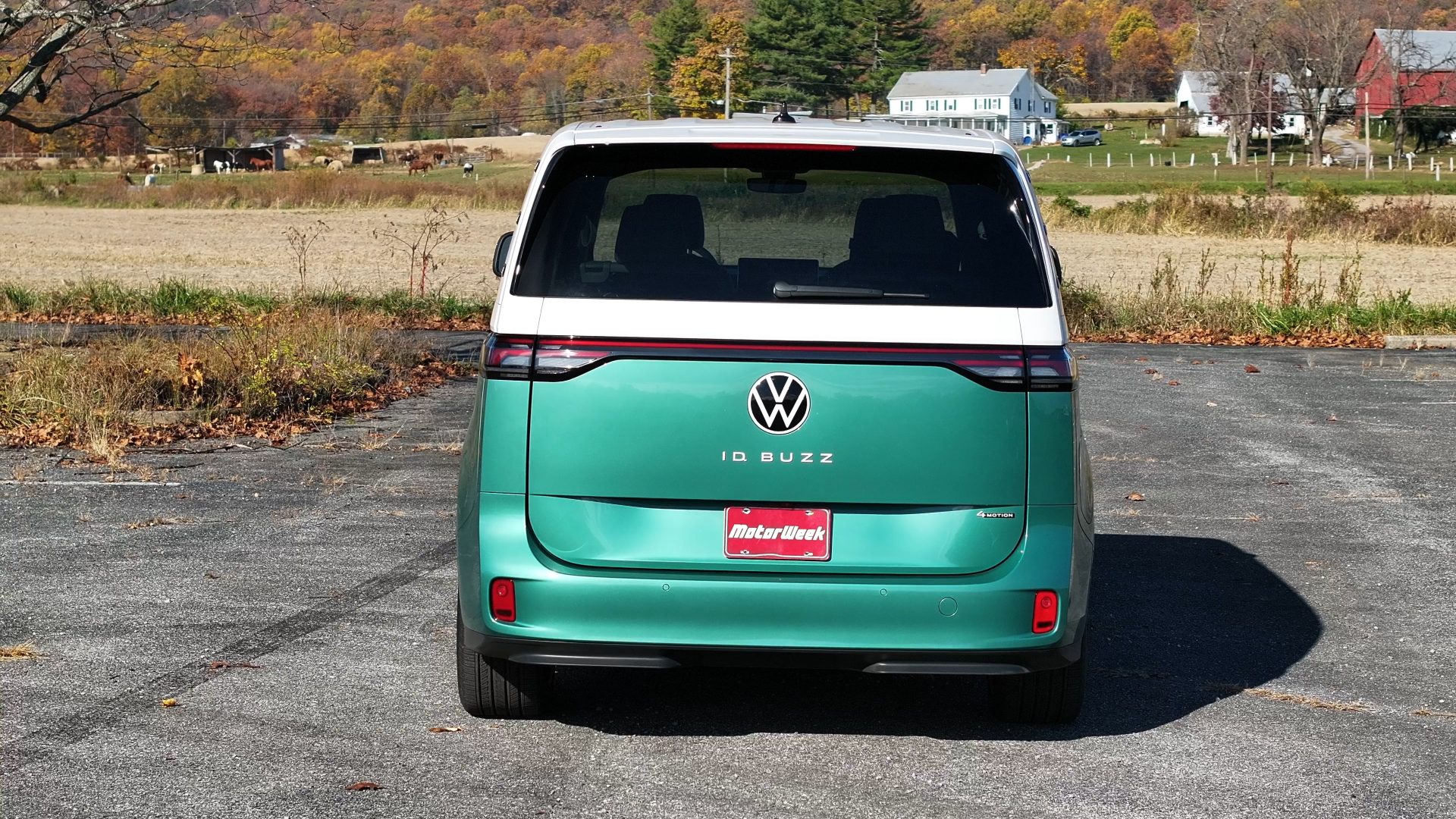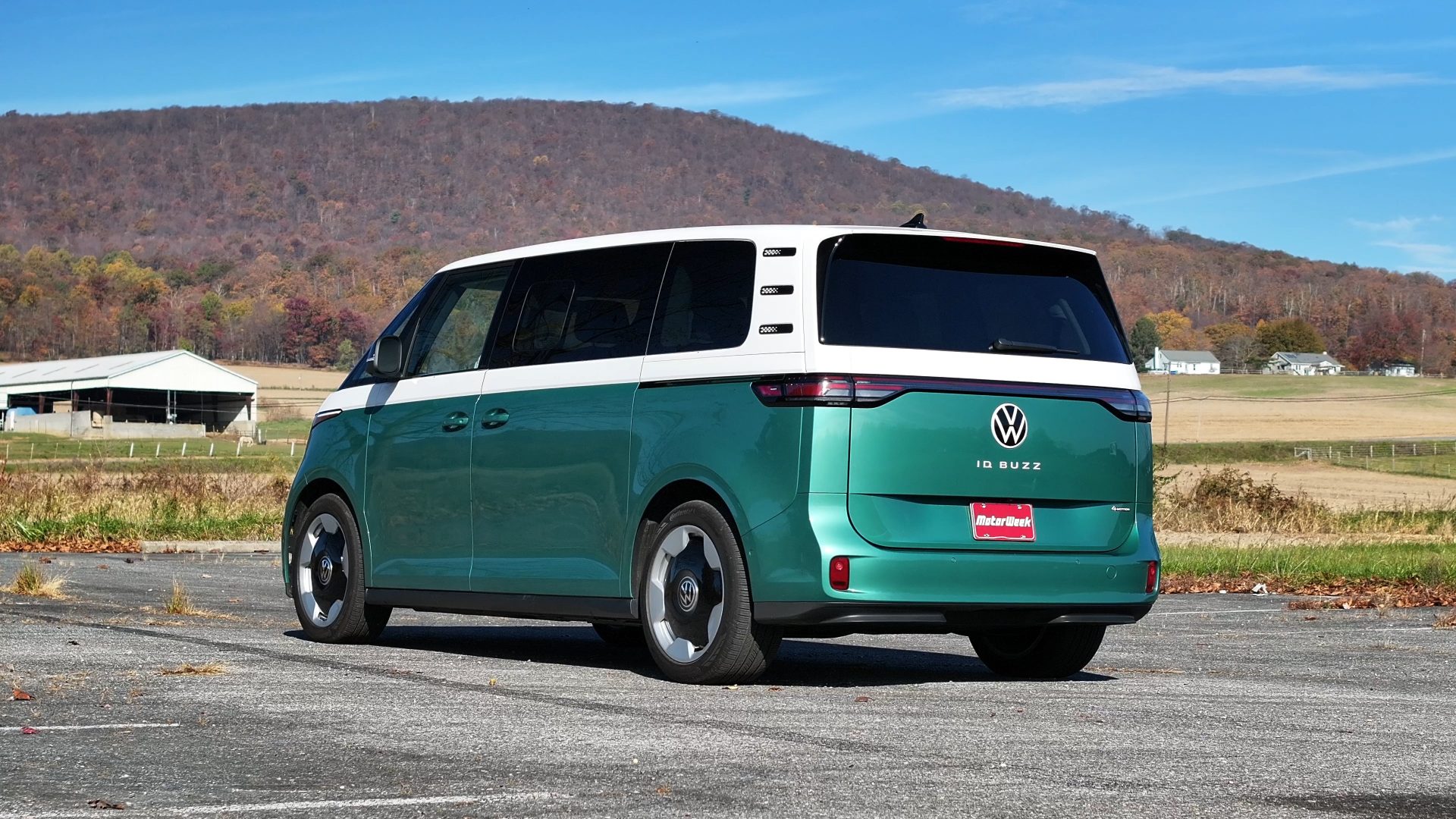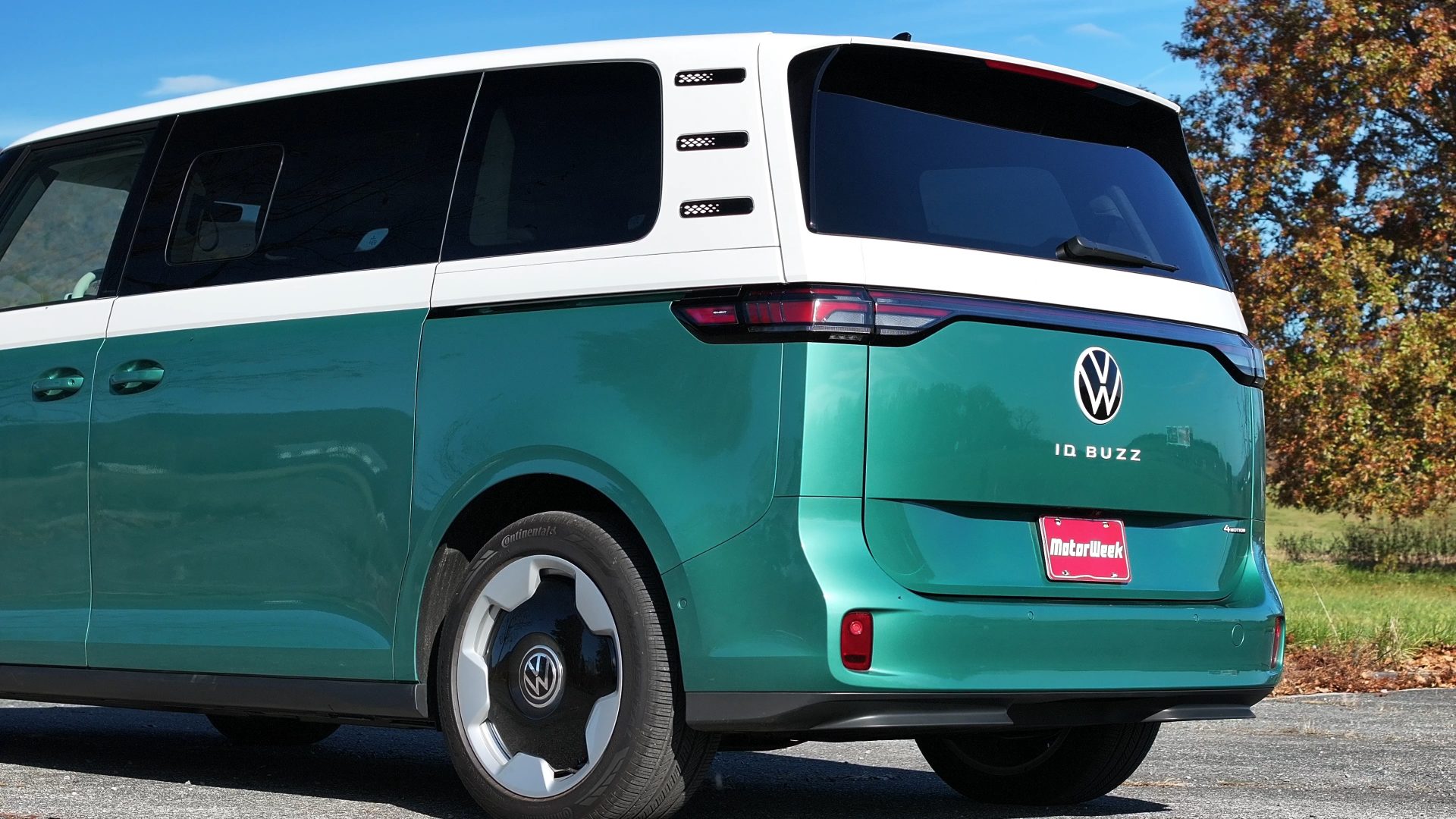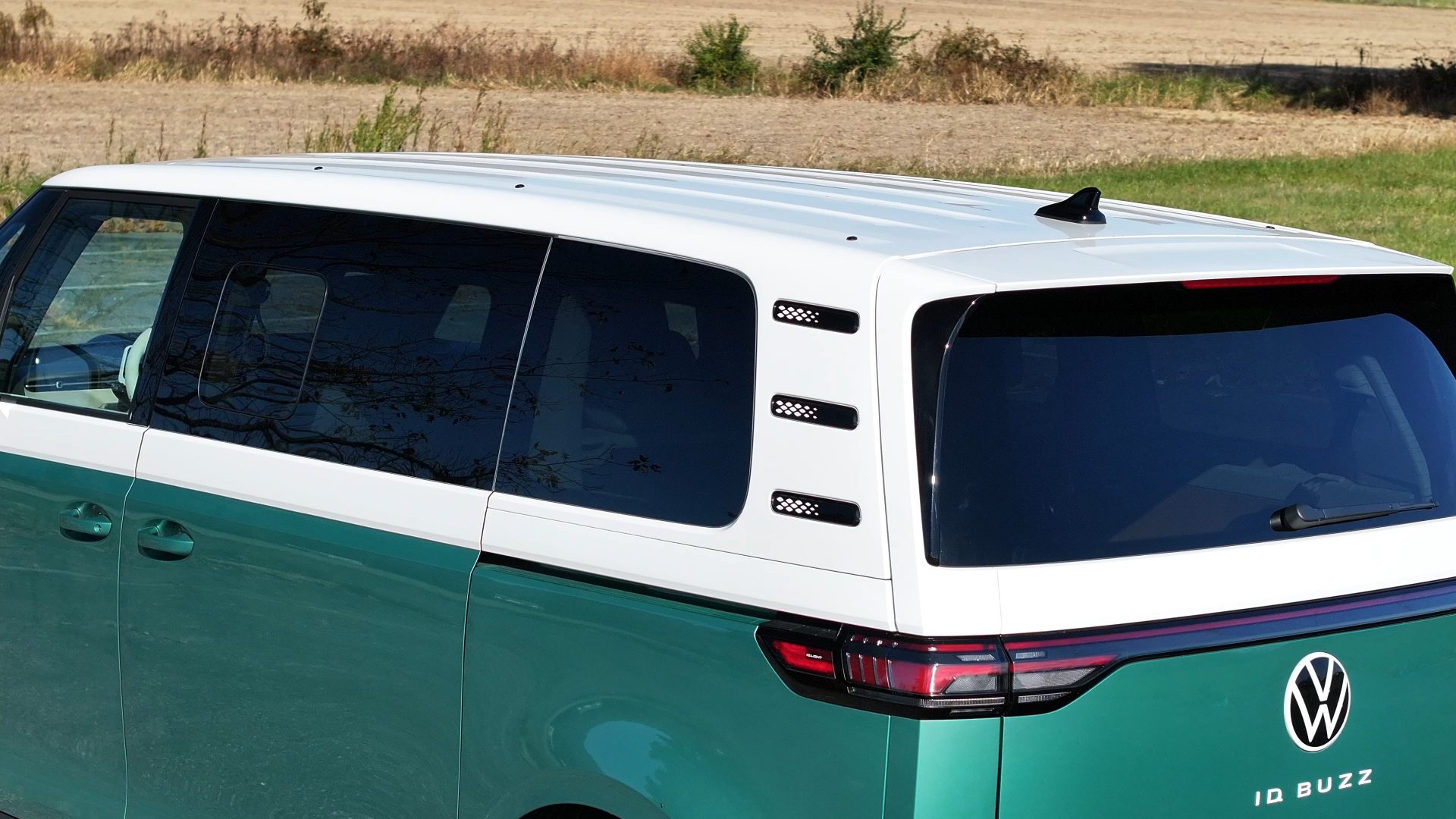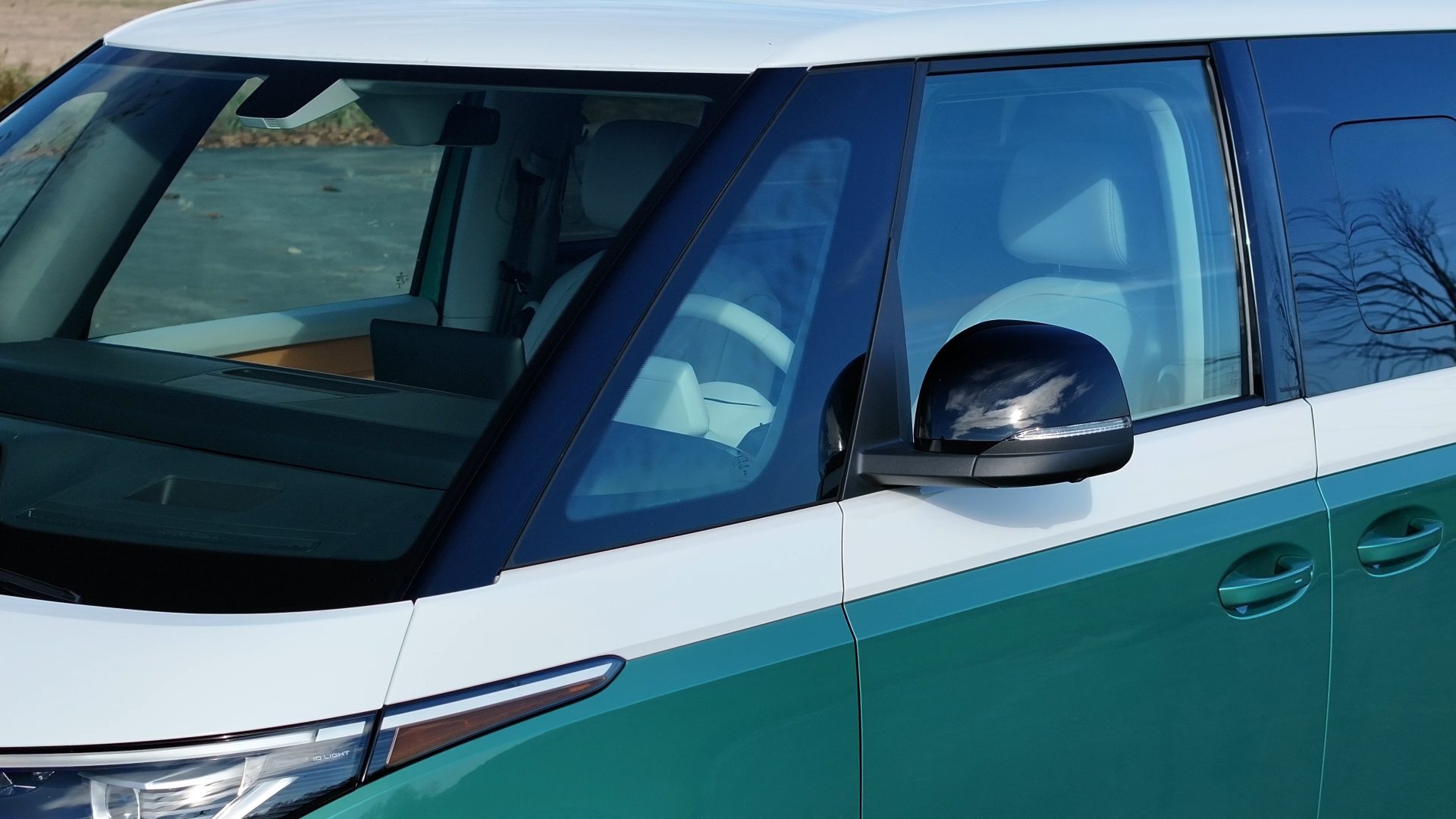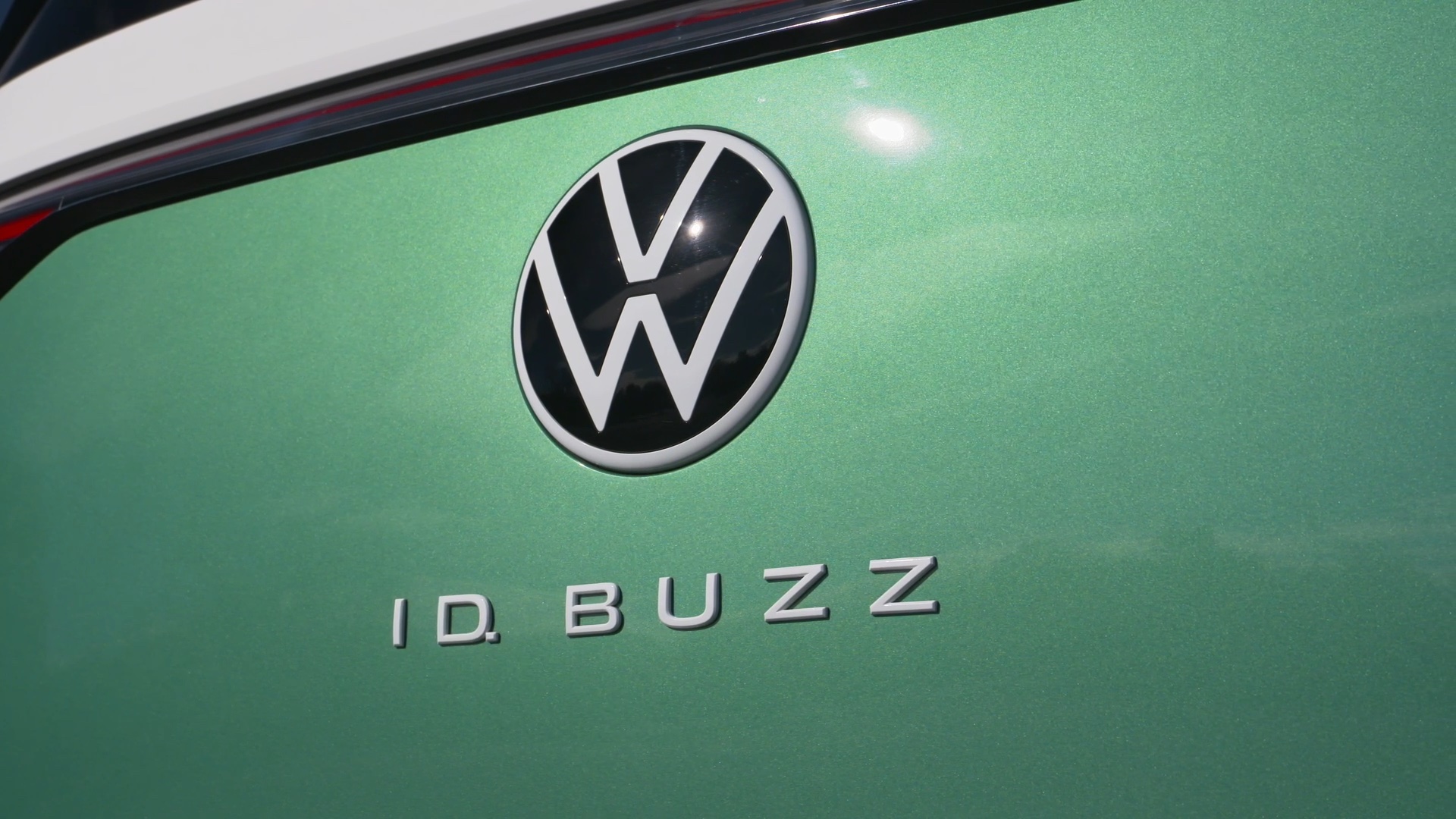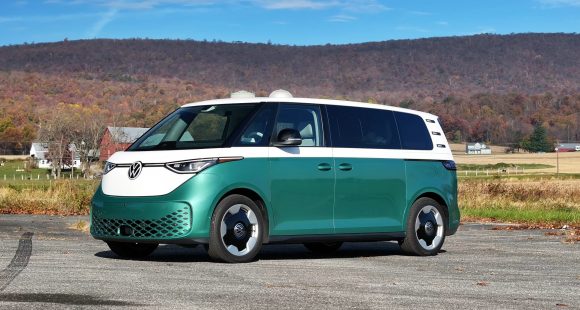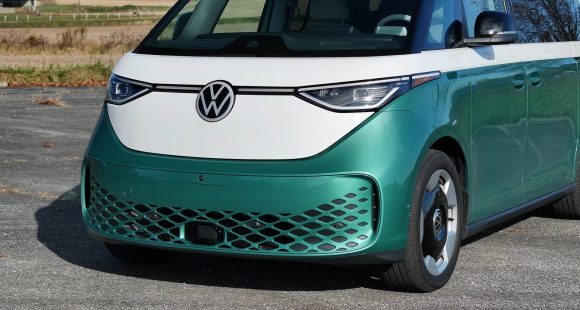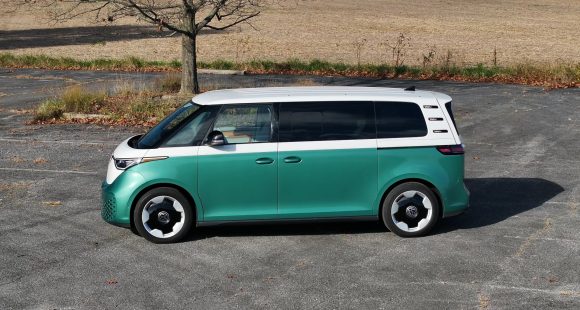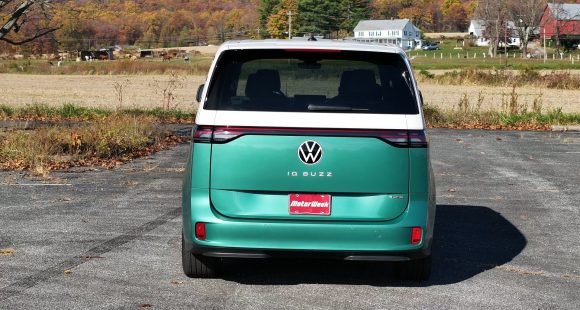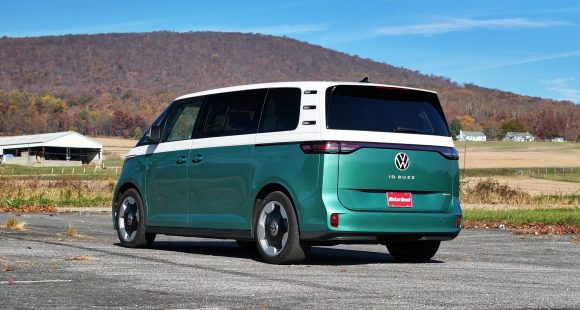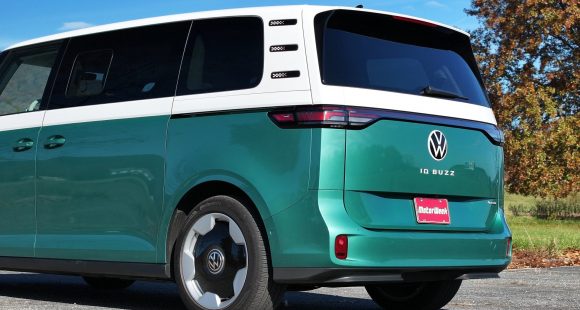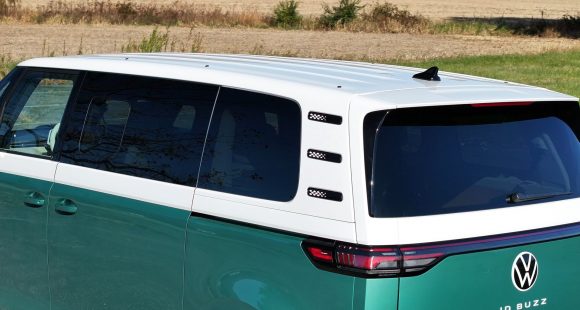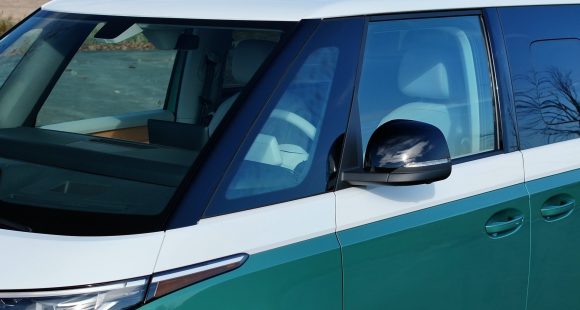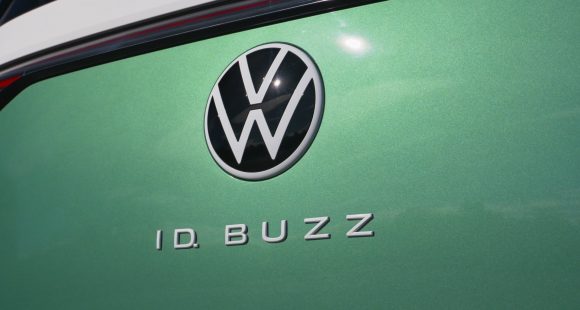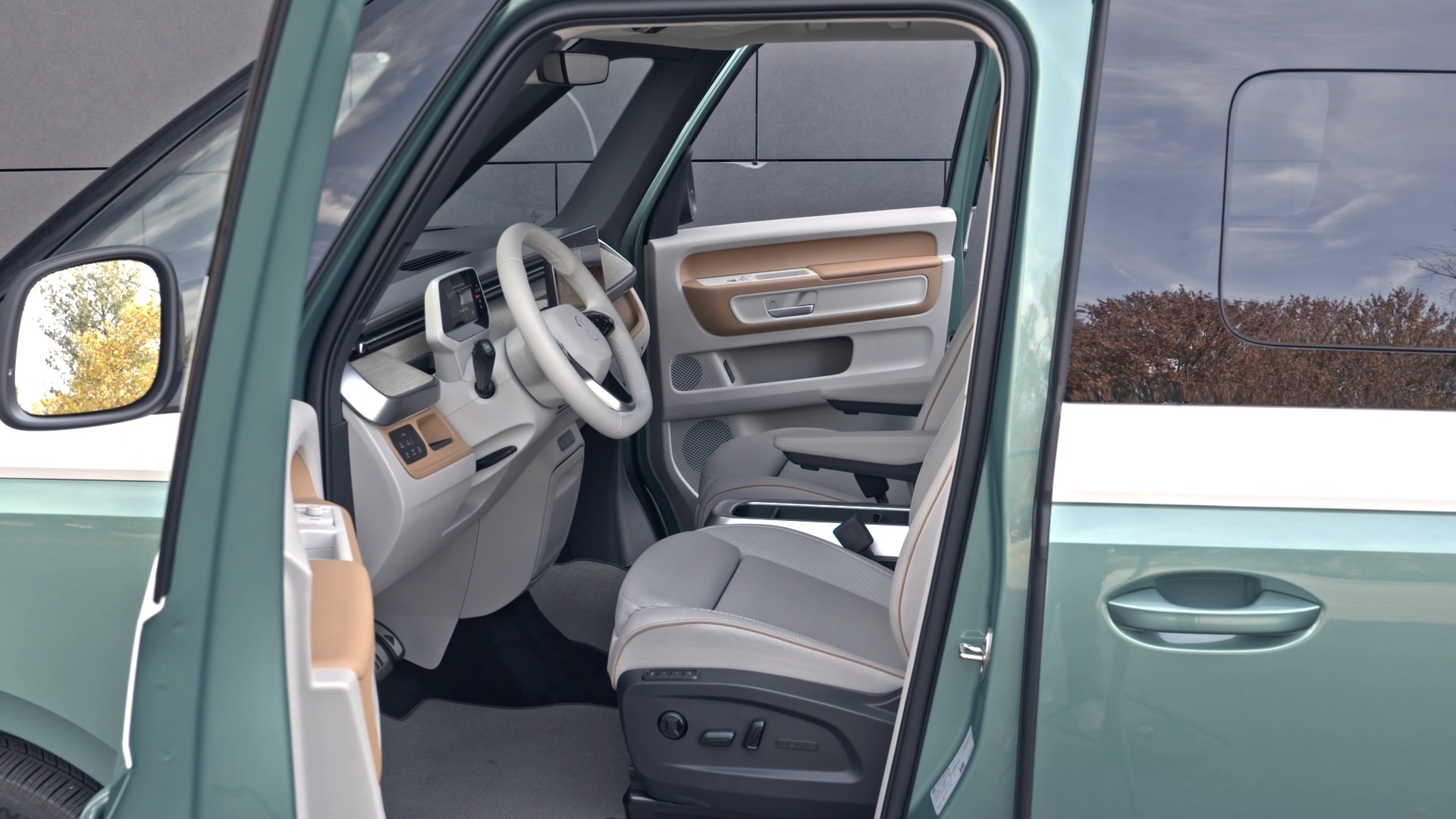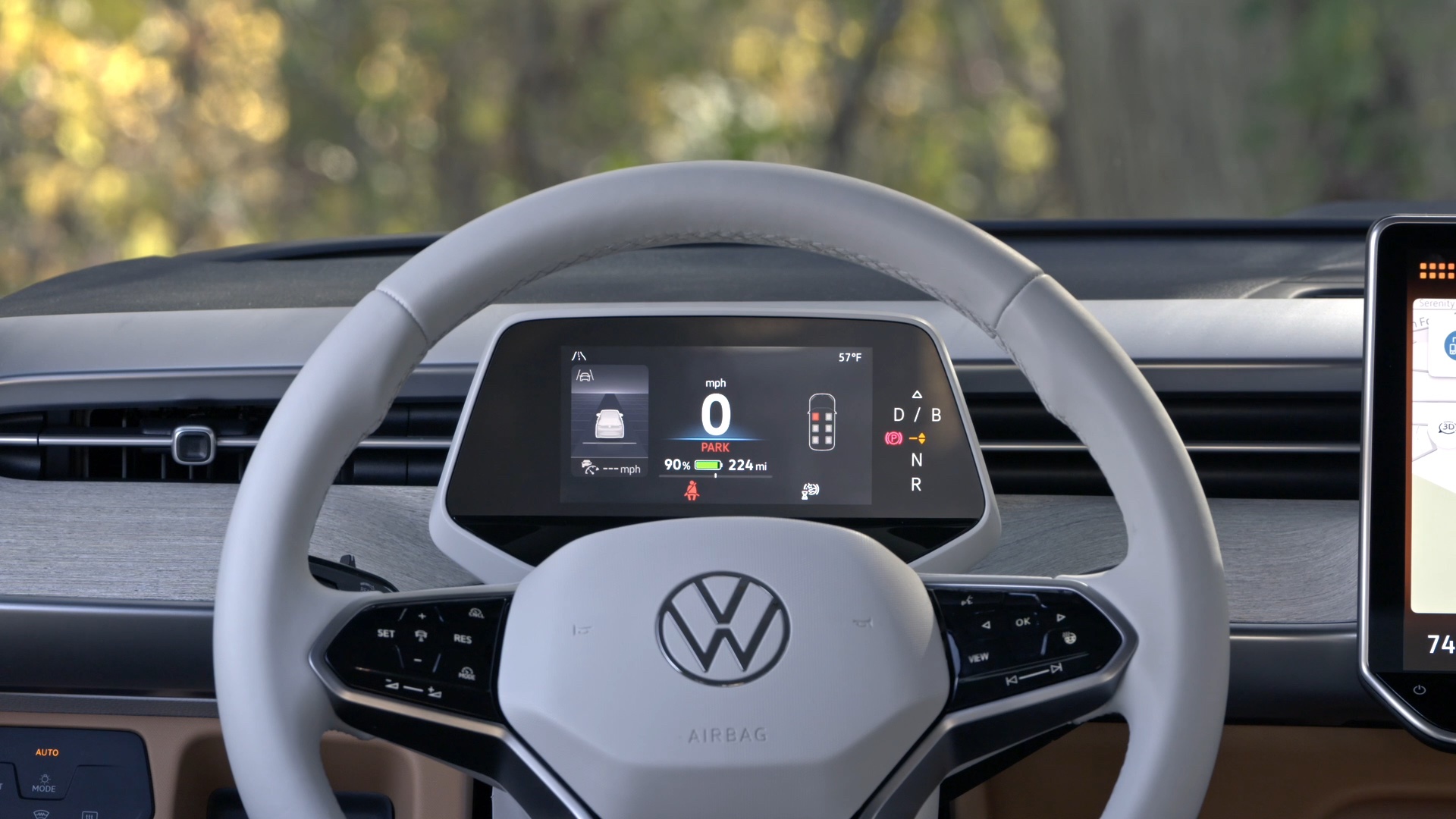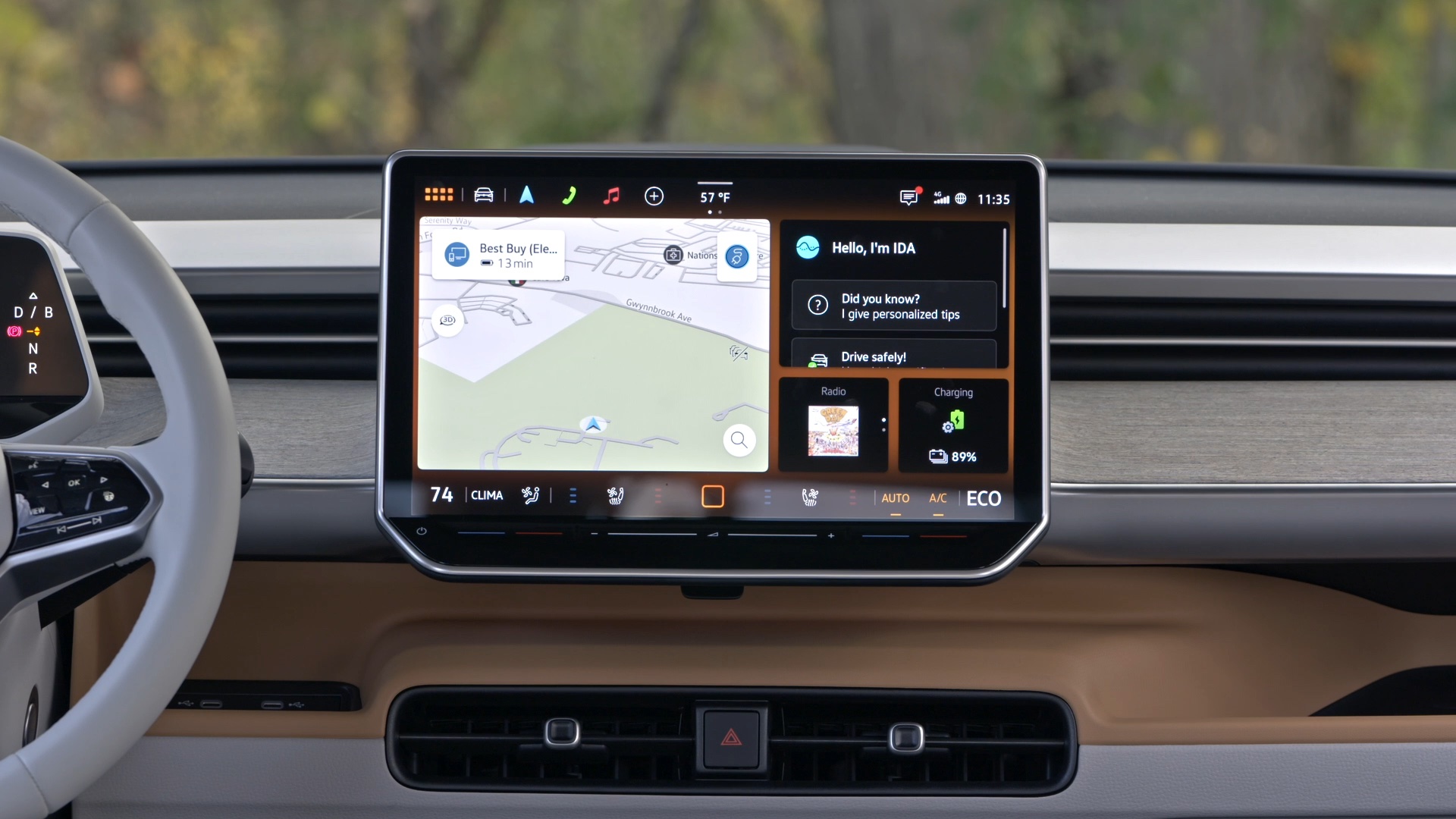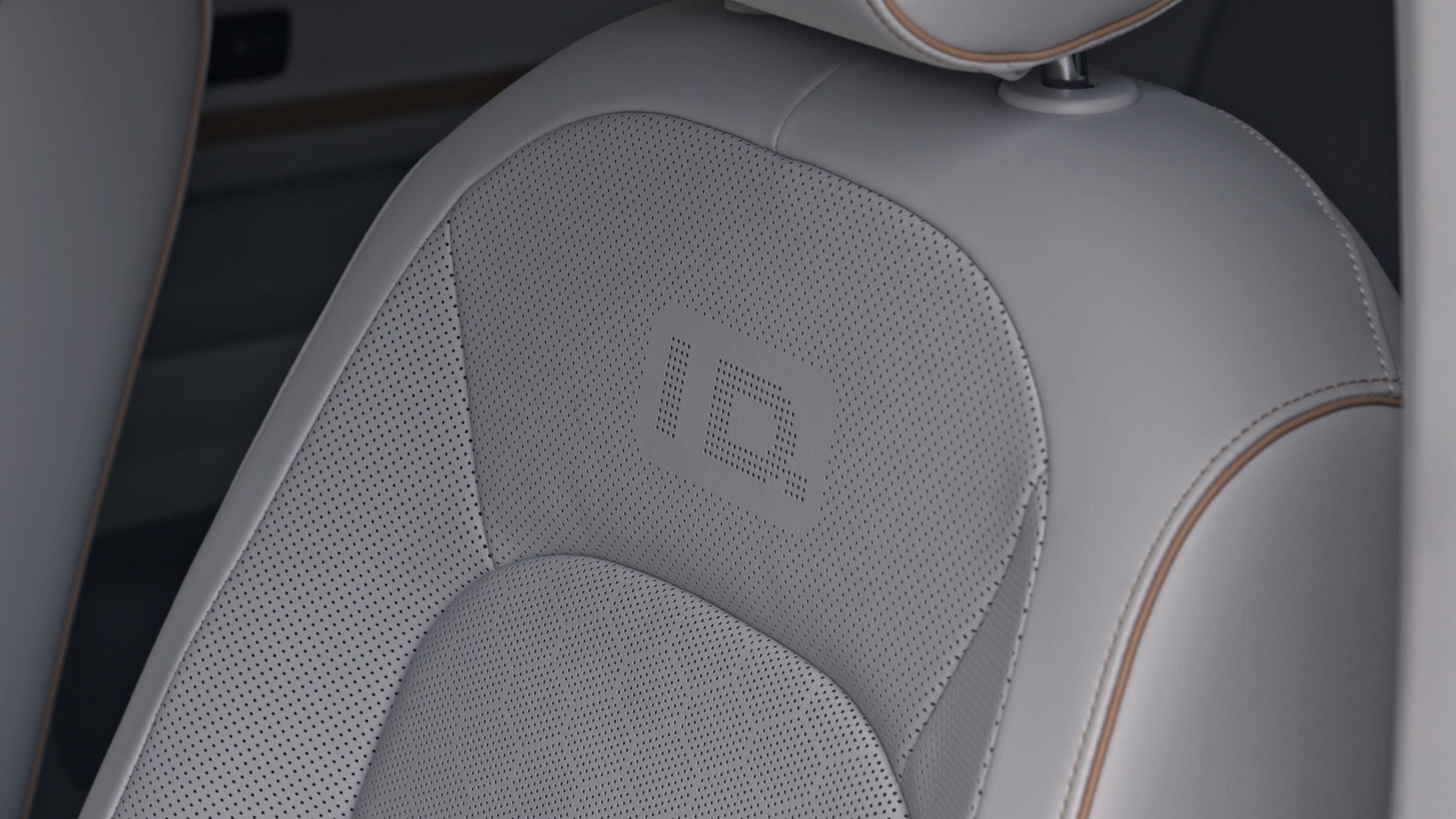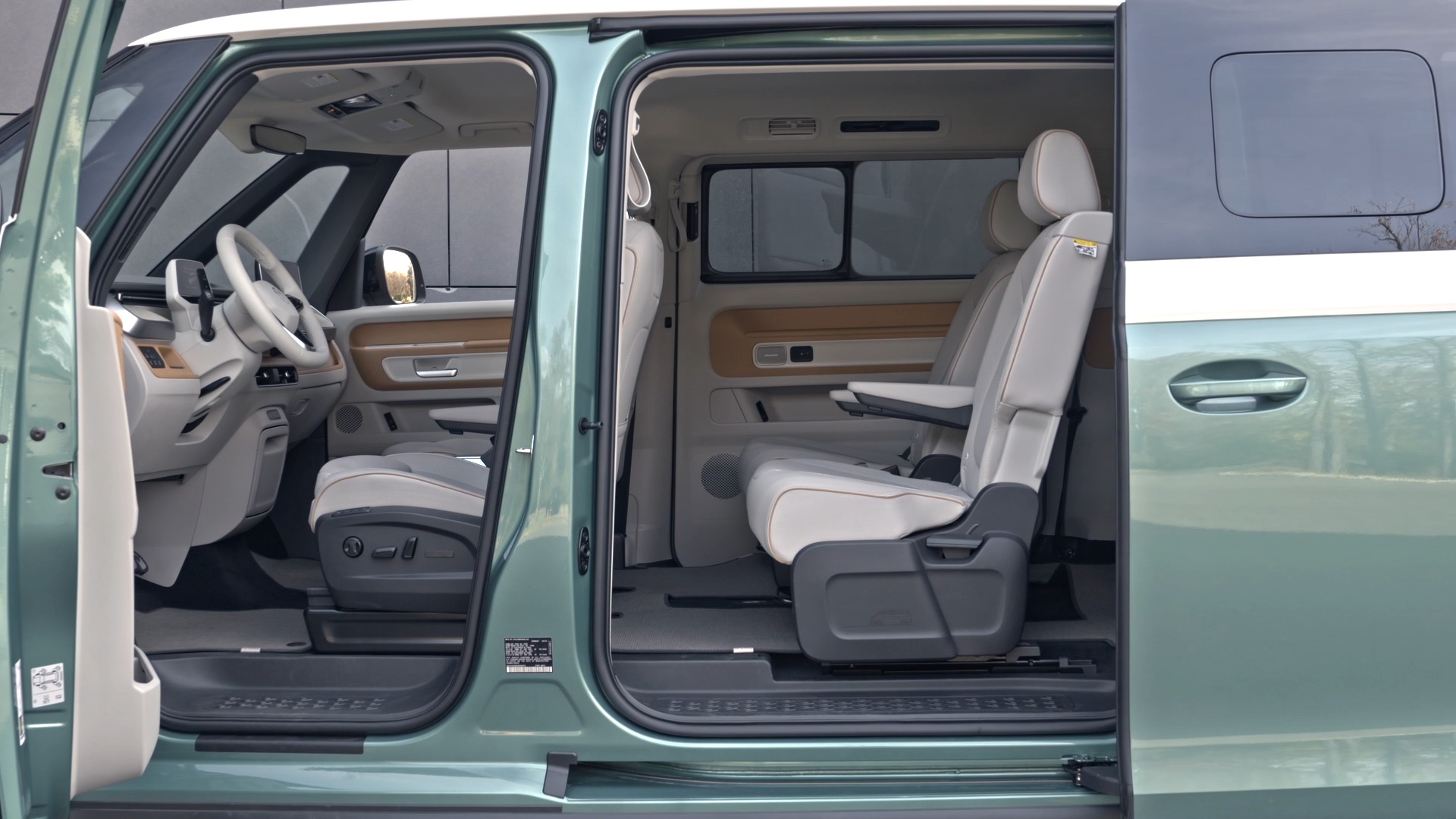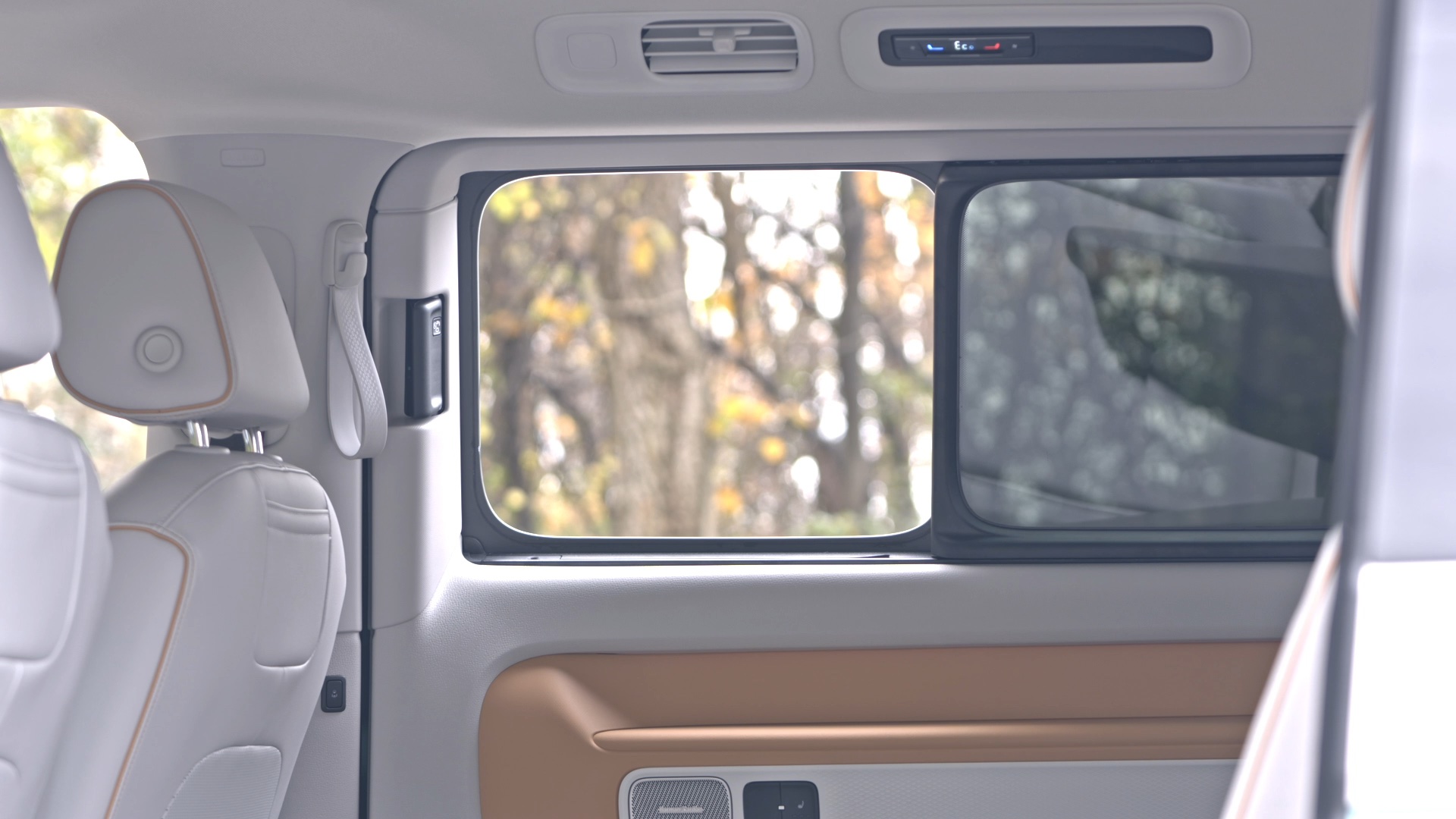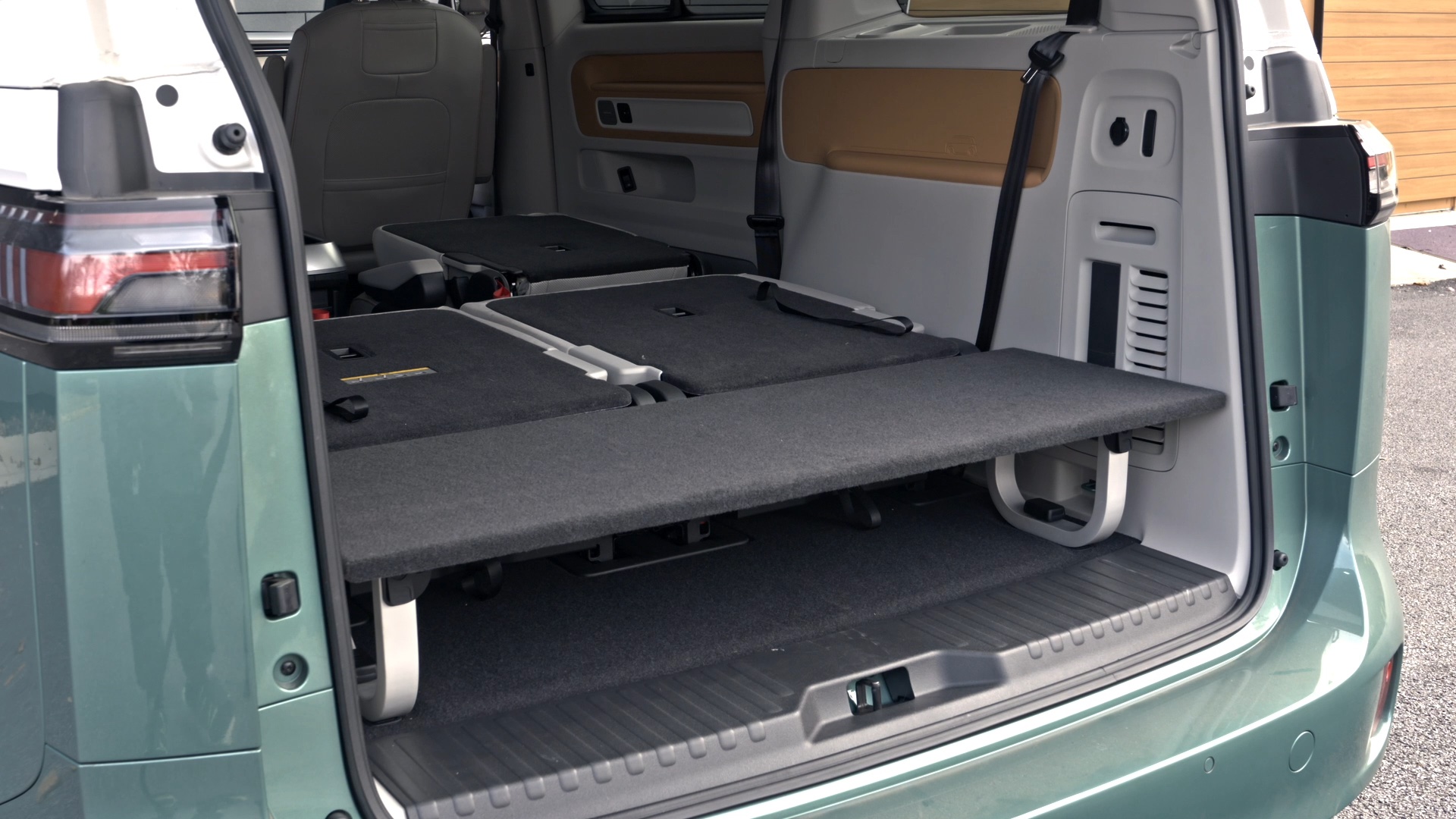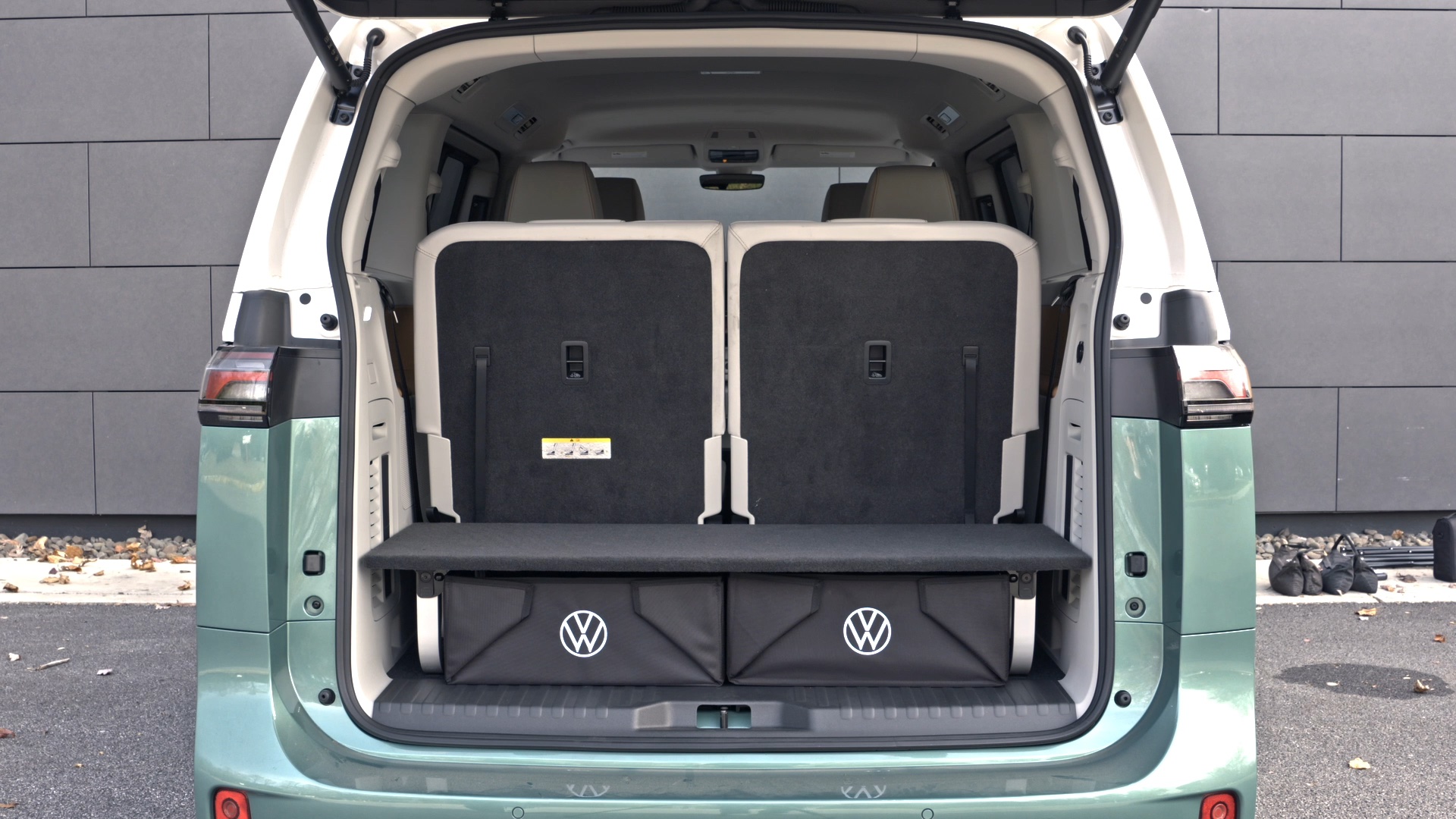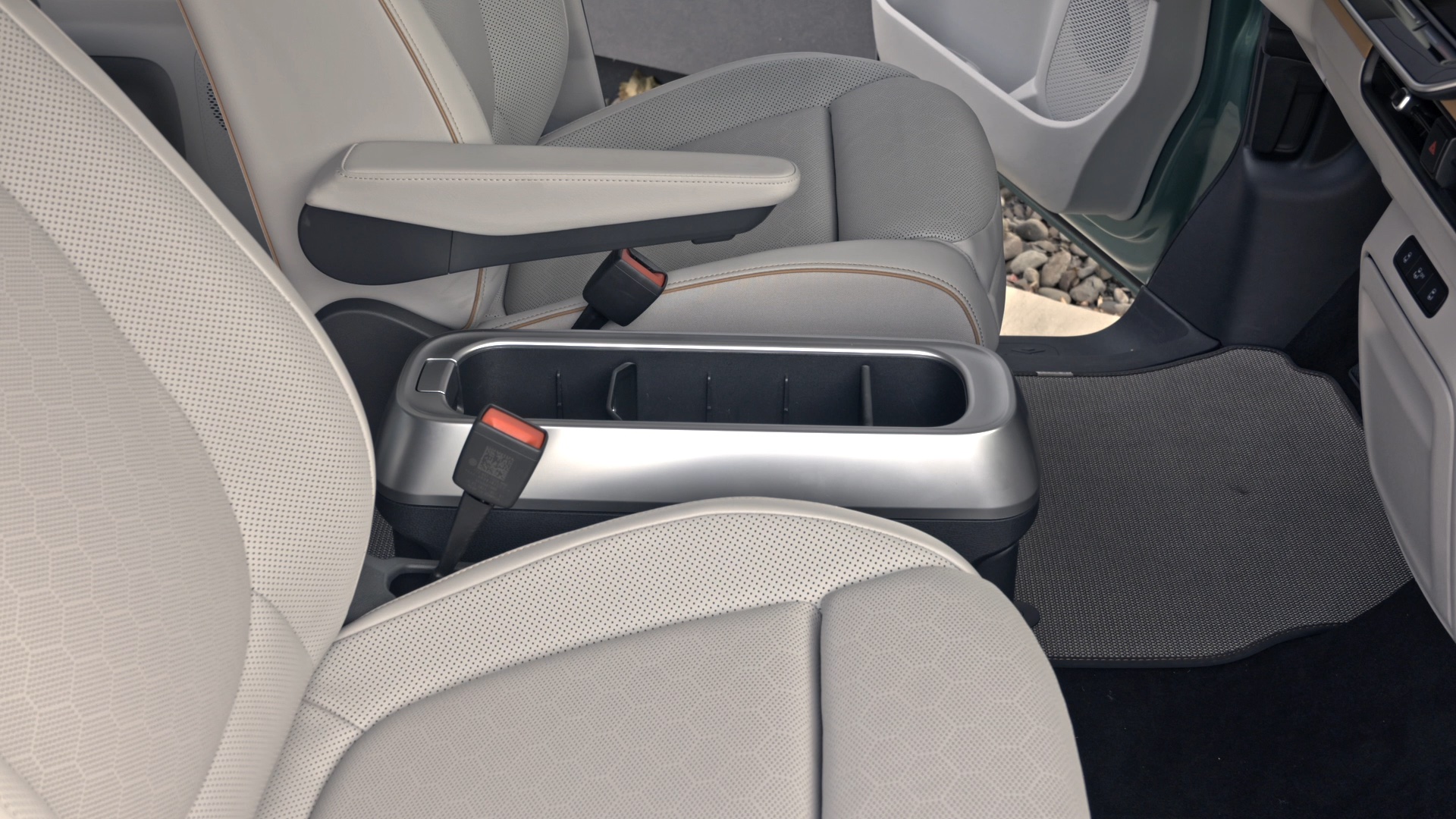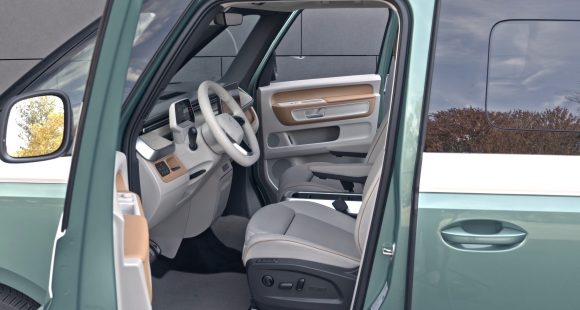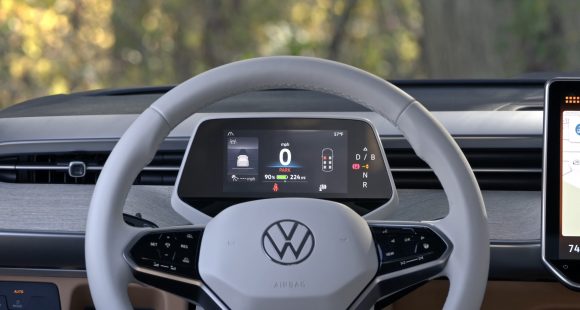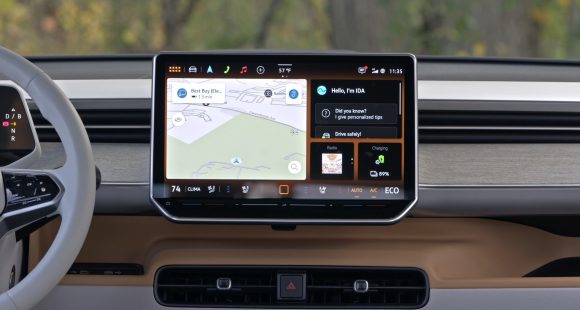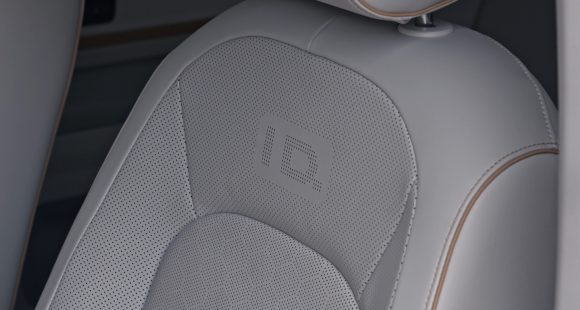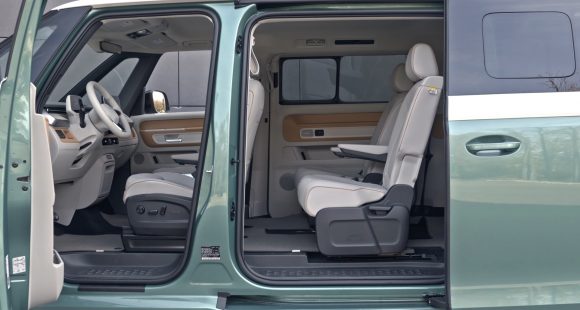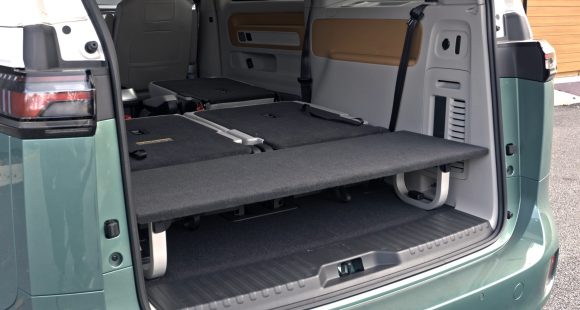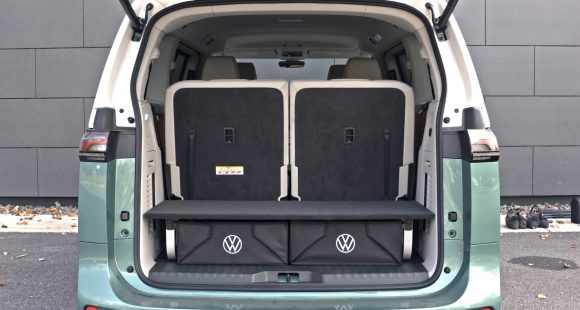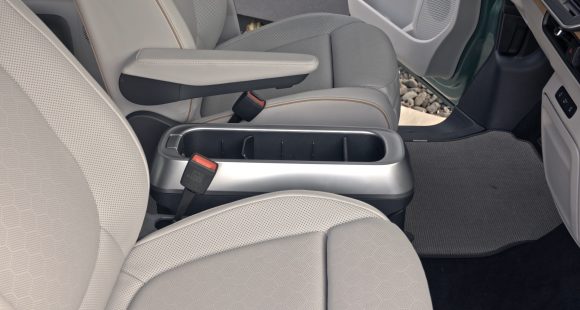2016 Acura ILX
When the Acura ILX arrived for 2013, even we had a hard time not dwelling too much on its civic-minded origins. Fortunately for Acura, the ILX did appeal to buyers; more importantly, to that holy grail of demographics, elusive younger buyers. So, let’s see if that group might find a new ILX even more appealing.
While the 2016 Acura ILX is not all-new, as far as mid-cycle re-freshing goes, this one is quite thorough.
Now assembled in Honda’s Marysville, Ohio plant right alongside the recently introduced mid-size TLX. And, much like it, the compact ILX takes the majority of its design cues from Acura’s flagship RLX, yet also adds enough sporty elements to keep those 20 and 30-somethings interested.
So understandably Acura’s Jewel-Eye headlights are now standard; as well as an aggressive looking front fascia with large air intakes down below.
ILX wheelbase is unchanged at 105.1-inches, as are most exterior dimensions, save for overall length which grows by almost 3-inches. A-SPEC trim adds a rear spoiler, sweet-looking 10-spoke 18-inch machined-finished alloy wheels with 225/40 tires, fog lights, and some tacked-on rocker trim.
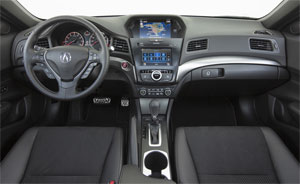 Inside, it augments the seats with Luxe-suede coverings, and adds sport pedals to what has become a very roomy and increasingly premium feeling interior. Other highlights include adopting the familiar Honda/Acura dual screen center stack, and making a multitude of additional AcuraWatch radar and camera-based safety systems, like Collision Mitigation and Lane Keeping, available.
Inside, it augments the seats with Luxe-suede coverings, and adds sport pedals to what has become a very roomy and increasingly premium feeling interior. Other highlights include adopting the familiar Honda/Acura dual screen center stack, and making a multitude of additional AcuraWatch radar and camera-based safety systems, like Collision Mitigation and Lane Keeping, available.
Push button ignition and a Multi-View rear camera are standard. The Tech Plus package adds navigation with AcuraLink, as well as a color Multi-Information Display in the sporty looking gauge panel and 415-watt ELS premium audio with 10-speakers.
The front seating area is indeed spacious, and surprisingly luxurious in feel; very reminiscent of the TLX and RLX. The seats are quite comfortable in back as well; but head and knee room are both insufficient for full-size adults. Cargo space is unchanged at 12.3 cubic-ft. and the area is well-finished.
A folding rear seatback is standard, but it’s a single piece, not split; and the only release is located in the trunk. It’s probably the only remaining real reminder of this ride’s economy car roots.
Perhaps because of the shorter attention span of all of those younger buyers, engine options have been simplified; with now just a 2.4-liter I4 available. The direct-injected piece outputs 201–horsepower and 180 lb-ft. of torque. Gone, are the base 2.0-liter I4 and, at least for now, the ILX Hybrid.
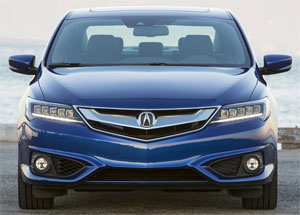 Attached to the 2.4 is an 8-speed DCT, but unlike most dual-clutch units; there’s a slushbox-style torque converter to maintain the feel of a traditional automatic, particularly when accelerating from a stop.
Attached to the 2.4 is an 8-speed DCT, but unlike most dual-clutch units; there’s a slushbox-style torque converter to maintain the feel of a traditional automatic, particularly when accelerating from a stop.
Most of our drivers had good things to say about the trans, and the overall surprisingly sporty driving experience as well; though like many 8-speeds, it can at times be in a hurry to find higher gears.
Of course you can learn a lot more about a car on the track, and here we were equally impressed with how nicely the ILX handled our slalom test. Accurate turn-ins without a peep of understeer, and a well-balanced chassis had us scooting through the cones with ease.
The body structure has been stiffened; and the MacPherson strut front, multi-link rear suspension re-tuned.
But, there’s not really enough power to get you into too much trouble; as we found out when doing straight-line runs.
It took us a leisurely - for a sporty sedan - 7.1-seconds to hit 60, and 14.7 to finish out the ¼ at 93 miles-per-hour. There was zero torque steer at launch, and not a lot of grunt either. But the engine does rev quickly, and like most 4’s pulls strongest in the upper rev ranges. Shifts were quick and firm.
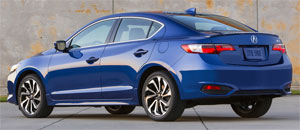 Braking from 60 averaged a good 121-feet. Stability was excellent and fade minimal.
Braking from 60 averaged a good 121-feet. Stability was excellent and fade minimal.
Government Fuel Economy Ratings are 25-City, 36-Highway, and 29-Combined. We averaged a very good 31.6 miles-per-gallon on Premium fuel. So, the Energy Impact Score is much better than average with 11.4-barrels of oil ingested yearly, while expelling 5.0-tons of CO2.
Pricing for the ILX starts at a very sensible $28,820. And even the top line A-SPECs starts at just $35,810.
It’s an unfortunate truism that the more successful you become, the harder it is to become more successful. But we think Acura is certainly heading in a great direction now. And injecting the 2016 Acura ILX with both more performance and more prestige will ensure that it not only stays appealing to those hip, young trendsetters, but it will become a whole lot more appealing to a broader spectrum of sport-luxury sedan buyers.
Specifications
- Engine: 2.4 liter
- Horsepower: 201
- Torque: 180 lb-ft.
- 0-60 mph: 7.1 seconds
- 1/4 mile: 14.7 seconds @ 93 mph
- EPA: 25 mpg city/ 36 mpg highway
- Energy Impact: 11.4 barrels of oil/yr
- CO2 Emissions: 5.0 tons/yr
2025 Volkswagen ID. Buzz
Volkswagen Brings Beetlemania Level Of Excitement To Minivan Segment
The duty of upholding Volkswagen’s heritage has most recently been delegated to small legacy car names like Golf and Jetta. But hold on! A much larger, totally modern take on VW’s classic microbus has just buzzed over the horizon— the all-electric ID. Buzz. It’s been at the top of our minds since we first saw the concept back in 2017. Well, it’s finally here, so let’s get our groove into drive!
This 2025 Volkswagen ID. Buzz has indeed created the most buzz around Volkswagen since the Beetle’s return to the U.S. in the late 1990s. We couldn’t drive it anywhere without drawing a crowd. No wonder, just about everyone has a VW Microbus story to tell, and seeing this reimagined version rolling down the street brings back all those memories.
VW really pulled it off as far as we’re concerned, as it looks great without appearing over the top. All the cues are here: Big VW logo front and center, lots of greenhouse including A-pillar windows and mini sliders for the second-row passengers, D-pillar air vents, and two-tone wheels. And while its appearance may be pure retro, its drivetrain is far from it, as the ID. Buzz is all-electric, and unlike the new Beetle, the Buzz does retain the original Microbus’ rear-drive architecture.
Powering those rear wheels is a 210-kW motor drawing juice from a 91-kWh battery for a range of 234 miles; 200-kW max charging will get you to 80% in about 26 minutes. Buyers can add another small 80-kW motor up front for 4motion all-wheel-drive and an increase of total output from 282 to 335 horsepower with a combined 512 lb-ft of torque. It uses the same battery, but range estimates drop just slightly to 231 miles. But while those numbers are modest, we also found them to be quite conservative, as we observed as many as 287 miles available in our all-wheel-drive tester’s gauge display and were on pace for 273 miles in our driving loop.
One throwback theme that may be a turnoff to some is that it’s quite a step up into the Buzz’s front seats, but there’s certainly a commanding view of the road once you climb in. Second row seating can be either a three-place bench or a pair of captain’s chairs, so there’s generous room for seven or six passengers. The captain’s chairs in our Pro S Plus offer good support and very easy access to the third row.
Lots of flexibility too with the option to simply fold the seats or remove them altogether.
With the sliding side doors and a wide opening rear hatch, there’s plenty of access for loading big sport utility amounts of cargo. Lots of flexibility too with the option to simply fold the seats or remove them altogether, and the ability to create a full-length flat floor with a rear cargo shelf that covers some handy removable storage bins. There’s 18.6 cubic-feet of space behind the third row, 75.5 behind the second, and a max of 145.5. That’s more than a Chevrolet Tahoe. For smaller items, there are lots of cubbies throughout the cabin, along with a standard Buzz Box that can be moved to multiple locations.
With a design that prioritizes retro form and modern function over aero efficiency, the 4motion equipped ID. Buzz earns a Fair efficiency rating, using 42-kWh of electricity per 100 miles, and we weren’t sure what to expect at our Mason Dixon test track.
What we found was great torque off the line and drama free launches to 60 in just 5.3 seconds. It was very stable at speed and power delivery stayed steady most of the way down the track until we reached about 90 mph, when it began to taper off just before we finished the quarter-mile in 14.0 seconds flat at 97 mph.
With 1,200-lbs. of battery weight nestled in its 127.5-inch wheelbase, the Buzz felt planted to the pavement through our handling course. There was quite a bit of body roll to deal with, but surprisingly little understeer. In panic braking runs, pedal response was inconsistent, feeling soft at times, pushing back hard at others; but through it all, results were quite good, stopping from 60 in an average of just 108 feet.
Three interior themes are available, this Dune is the brightest, featuring coastal inspired wood optic dash décor, “gray and clay” leatherette surfaces, and a high-mounted central 12.9-inch touchscreen. Pricing starts with a rear-wheel-drive Pro S at $61,545; this Pro S Plus begins at $65,045, add another $4,500 for 4motion, which brings a few extra features along with all-wheel drive.
Retro design with old-school VW charm, modern EV drivetrain, big SUV capacity merged with minivan flexibility; it all comes together in this 2025 Volkswagen ID. Buzz. It’s easily one of the coolest rides of the year and one that will likely keep Volkswagen dealers buzzing for years to come, and that’s something no other people and things mover can say.
Specifications
As Tested
- Motor Setup: Dual-Motor AWD
- Battery Size: 91-kWh
- Horsepower: 335
- Torque: 512 lb-ft
- EPA Range: 231 miles
- 0-60 mph: 5.3 seconds
- 1/4 Mile: 14.0 seconds at 97 mph
- Braking, 60-0: 108 feet
- MW Test Loop: ~ 273 miles







